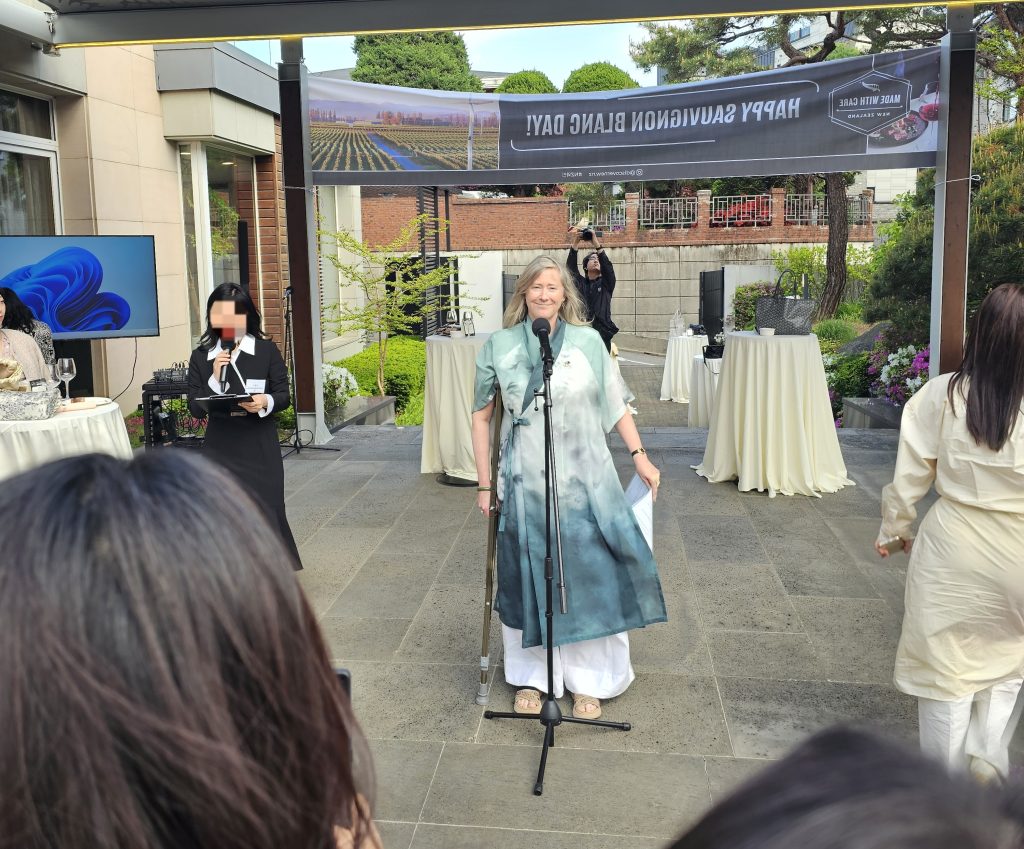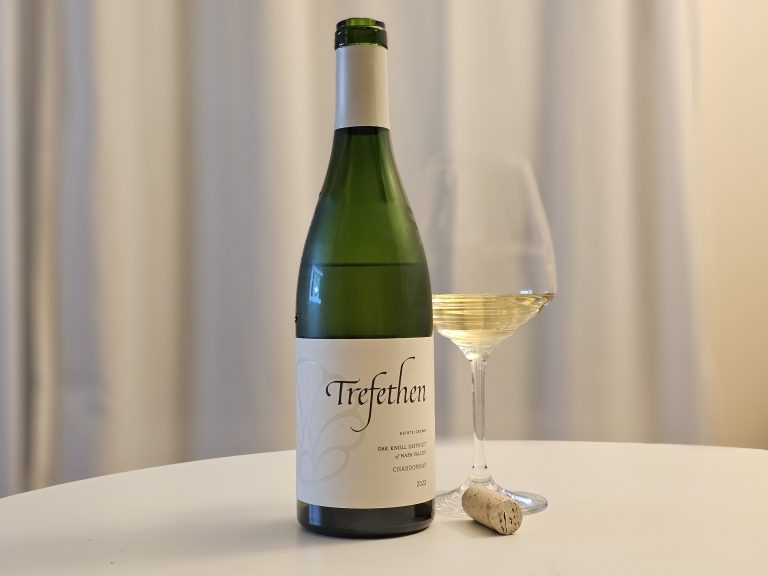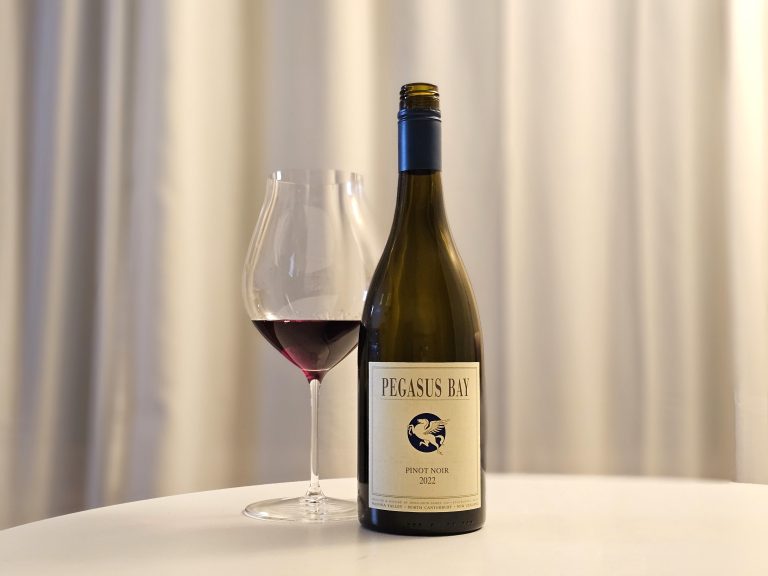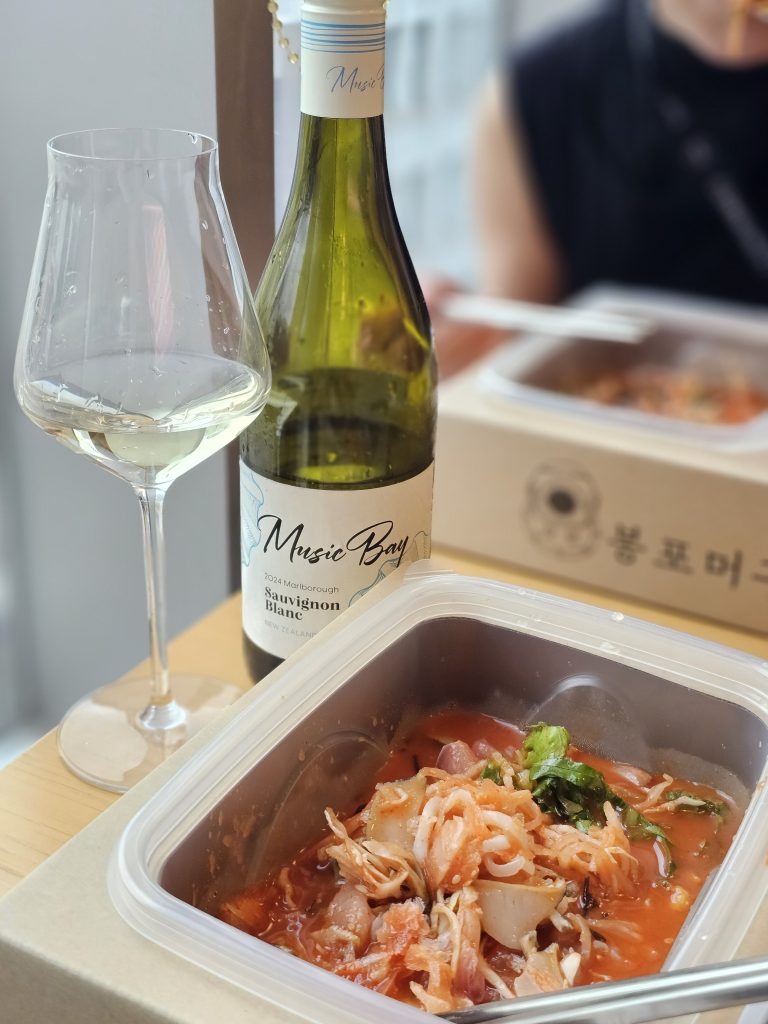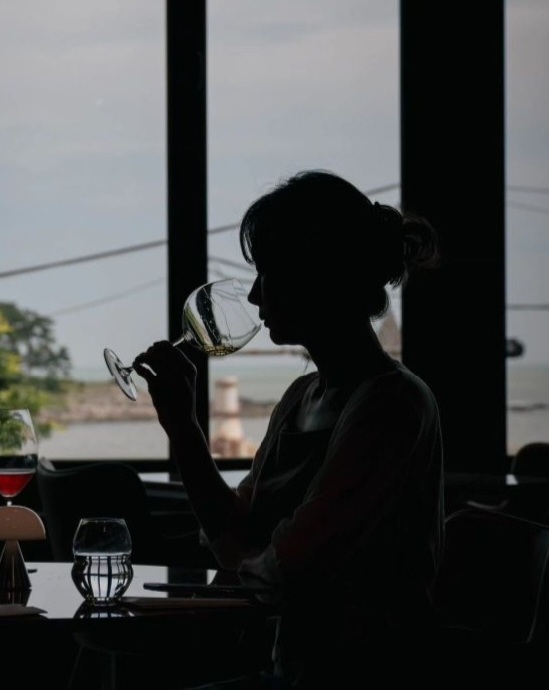Sauvignon Blanc Day Event 2025
The first Friday of May is celebrated as International Sauvignon Blanc Day, a date especially meaningful for New Zealand—a country whose wine industry owes much of its global success to this vibrant varietal. True to form, New Zealand marks the occasion with various events both domestically and internationally. This year, the Korean celebration took place on Friday, May 2nd, hosted by New Zealand Trade and Enterprise(NZTE) at the outdoor garden of the New Zealand Ambassador’s residence in Seoul. Aptly dubbed the “Little New Zealand” garden, the setting offered the perfect backdrop to enjoy a curated selection of New Zealand wines, paired with an array of finger foods featuring New Zealand-sourced ingredients.
While Marlborough Sauvignon Blanc is often the first thing that comes to mind when thinking of New Zealand wine, this event showcased a much broader range, dividing the tasting into five key wine regions. Here’s a look at some of the most memorable wines from each:
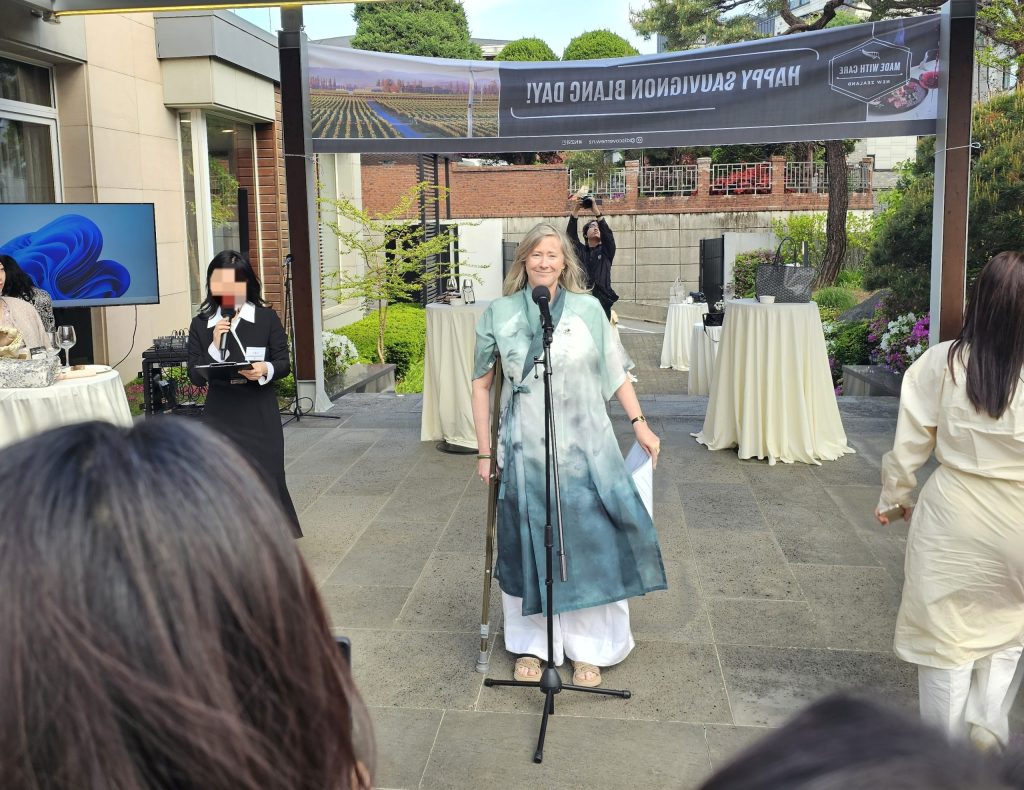
Auckland
Yes, wine is produced even in Auckland, New Zealand’s largest city. One of the most intriguing discoveries at the event was Kumeu River, a winery located in this very region. Known for its outstanding Chardonnay, Kumeu River offered both a sparkling wine and a Chardonnay for tasting. The Chardonnay stood out with its elegant complexity, featuring rich, nutty aromas reminiscent of top-tier Burgundy—possibly the most refined New Zealand Chardonnay I’ve tried to date.
Equally memorable was Kumeu River Crémant, the only sparkling wine presented at the event. Unlike the zesty, Sauvignon Blanc-based sparkling wines New Zealand is sometimes known for, this Crémant was crafted from Chardonnay and Pinot Noir. The result? A beautifully balanced wine with notes of brioche, soft cheese, and subtle citrus—a standout sparkling wine.
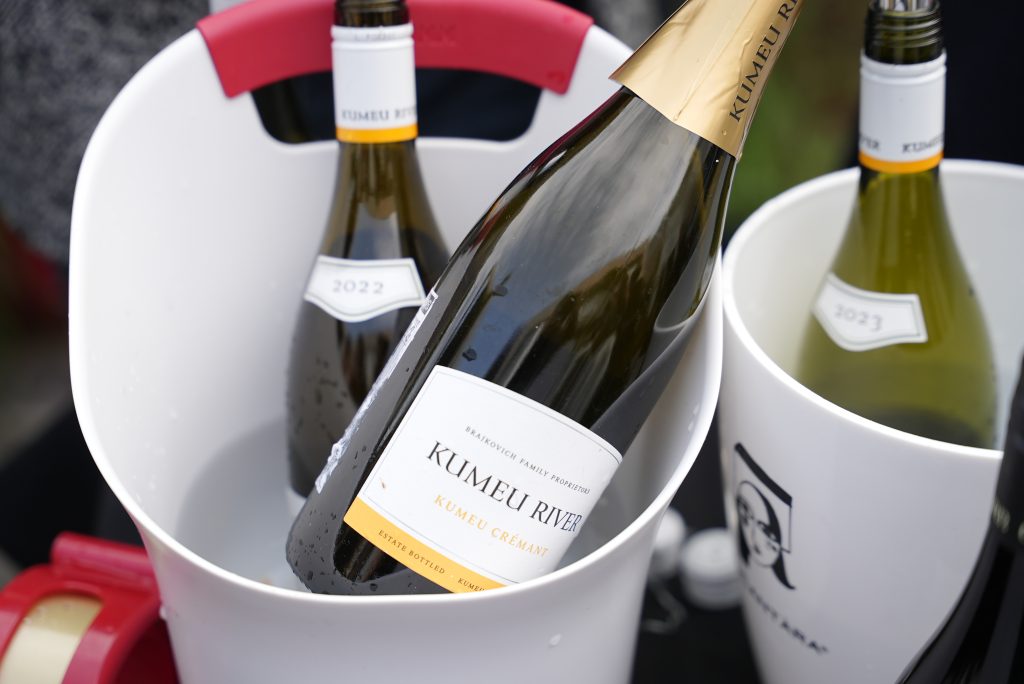
Hawke’s Bay
Renowned for its Bordeaux-style reds, Hawke’s Bay delivered some of the event’s most exciting pours. Craggy Range is best known for its Te Muna Sauvignon Blanc from Martinborough, but it was their Hawke’s Bay Rosé that won me over. Made primarily from Merlot, it was bursting with strawberry-like aromas, zippy acidity, and excellent balance—none of the flabbiness or overly alcoholic edges that can plague lesser rosés. At around ₩50,000 retail, it’s one I would absolutely purchase myself.
Their Hawke’s Bay Syrah also deserves praise, especially for how well it paired with the freshly grilled New Zealand lamb served at the event.
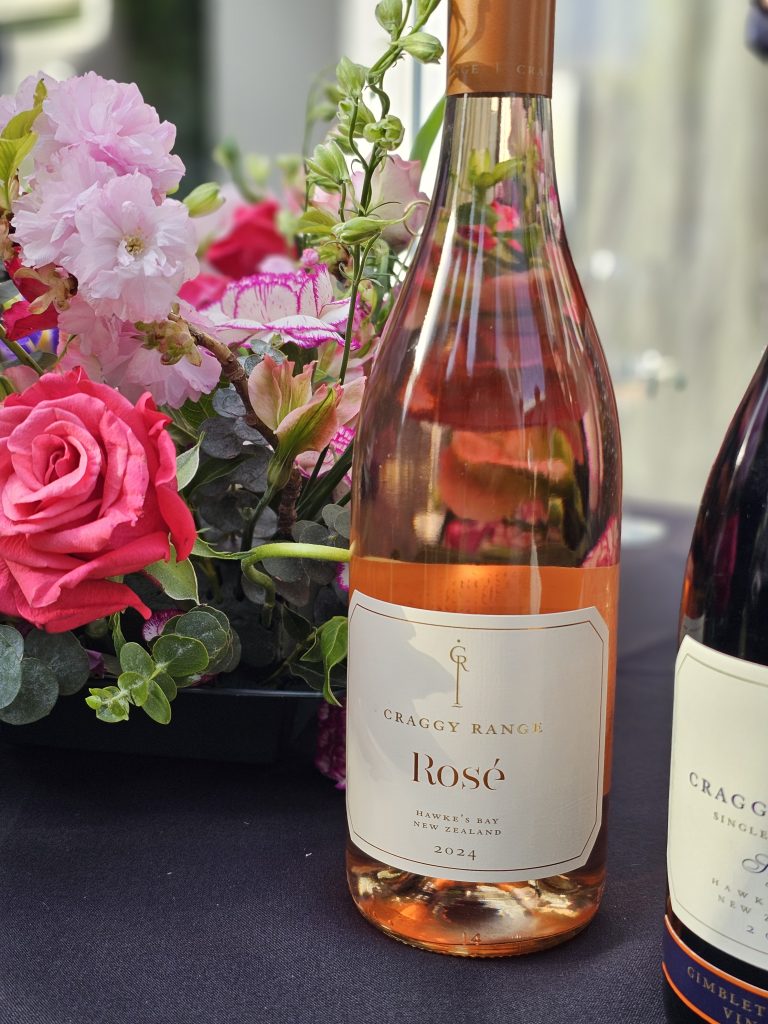
Of course, no discussion of Hawke’s Bay would be complete without Te Mata. Their Sauvignon Blanc and Cape Crest, a Bordeaux-style white blend, were both featured. Cape Crest, made predominantly from Sauvignon Blanc with a touch of Sémillon, was particularly impressive, delivering body and elegance reminiscent of a Bordeaux Blanc Grand Cru.
As a Syrah lover, I was especially taken with the Bullnose Syrah (2019 vintage)—a wine with aging potential and refined structure. Other highlights included the Alma Pinot Noir and Awatea, a Merlot-Cabernet blend that was strikingly reminiscent of a fine Bordeaux Grand Cru. These New Zealand reds not only offer excellent quality but also more accessible pricing and earlier drinkability, making them strong contenders in the global market.
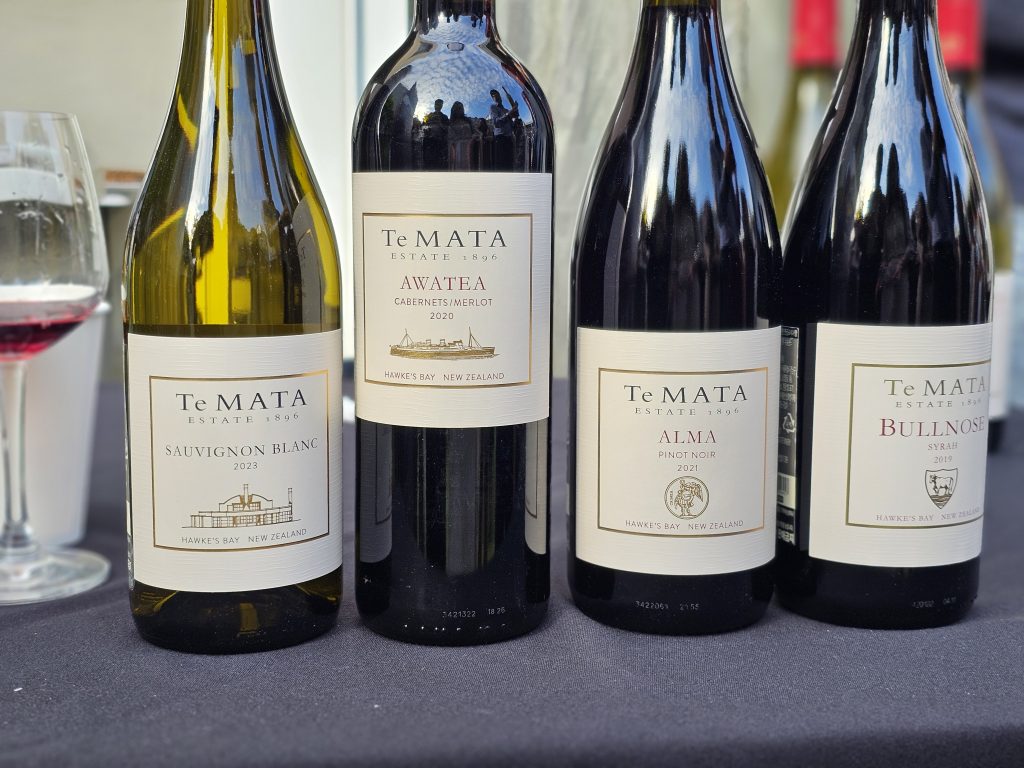
Wairarapa
Often overlooked due to its familiarity, Palliser Estate in Wairarapa holds a special place in New Zealand’s wine history, being one of the pioneers of Pinot Noir cultivation in the country. At the event, the Estate-level Chardonnay and Pinot Noir stood out. Many fellow attendees, more familiar with Palliser’s entry level “Pencarrow” range, commented on how much more Burgundian these wines felt. They could easily serve as great alternatives to quality Bourgogne Régionale wines.
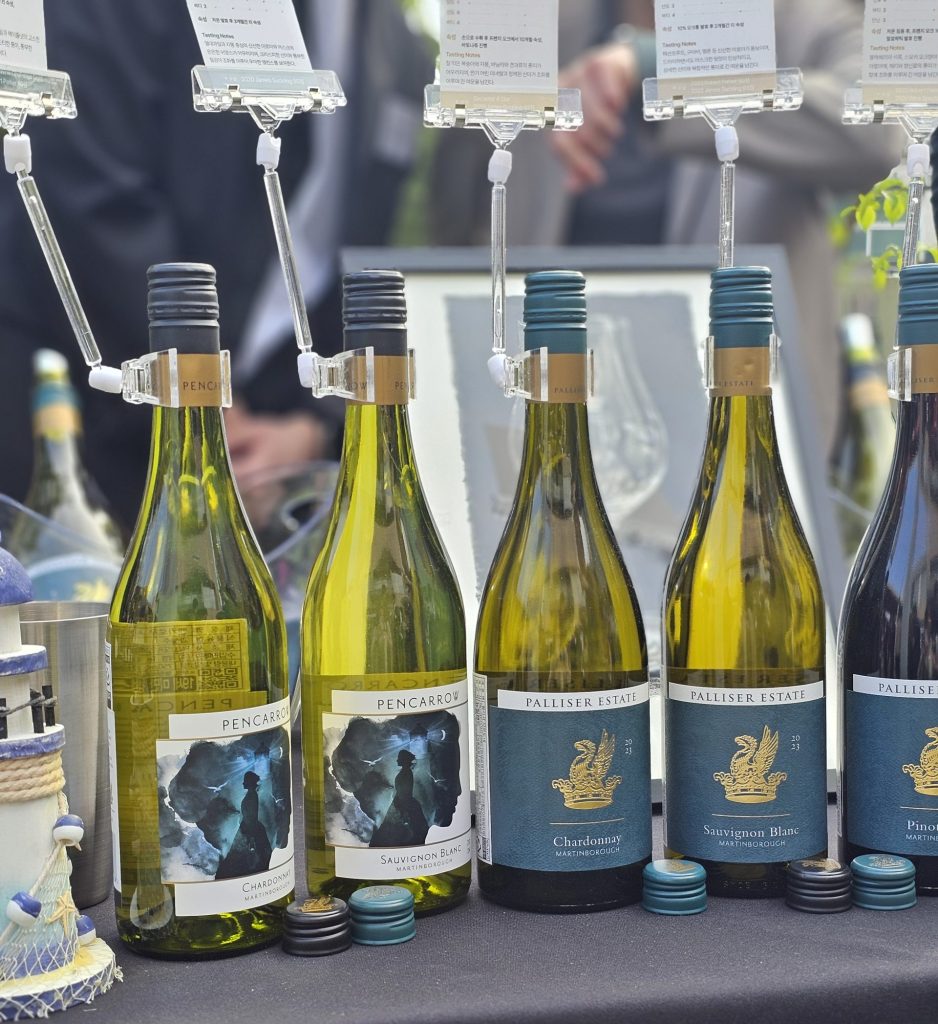
Marlborough
Unsurprisingly, Marlborough, the heart of New Zealand’s wine scene, had the strongest showing with six participating brands: Kono, Little Beauty, te Pa, Cirro, Loveblock, and OTU. While it’s easy to assume all Marlborough Sauvignon Blancs are alike, tasting them side-by-side revealed subtle but distinct variations in style and expression.
The most memorable of the bunch for me was Cirro. Named after the cirrostratus clouds that float at 25,000 feet above New Zealand’s South Island, Cirro is made from grapes nourished by pristine rainwater from these very clouds—a beautiful concept that actually translates to the wine. This Sauvignon Blanc was one of the purest and cleanest expressions I’ve encountered. While some Marlborough Sauvignons can come across as aggressive or sharp, Cirro was silky and effortless on the palate. Even its label captured the wine’s clean aesthetic beautifully.
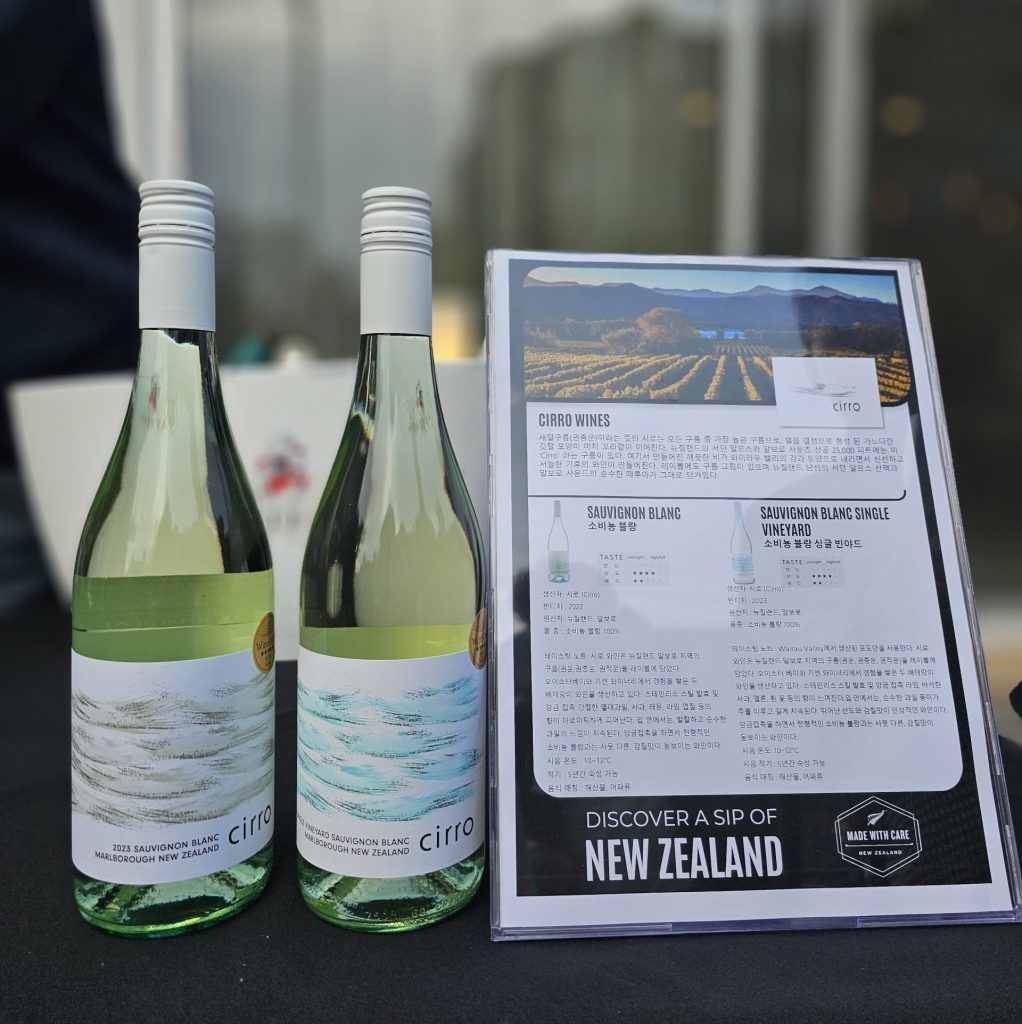
Central Otago
The final region featured was Central Otago, a rising star in New Zealand’s Pinot Noir scene alongside Martinborough and Waipara Valley. While several wineries based outside the region, such as Mud House and Loveblock, are now producing Central Otago Pinot, it was Burn Cottage, a winery based in the region itself, that truly impressed. Notably, Burn Cottage was the first in Central Otago to adopt biodynamic farming.
Three different Pinot Noirs were available for tasting, each of which conjured up comparisons to fine Burgundy. It’s no wonder Jancis Robinson once referred to Central Otago as “the place where the Holy Grail of Pinot Noir might be found.”
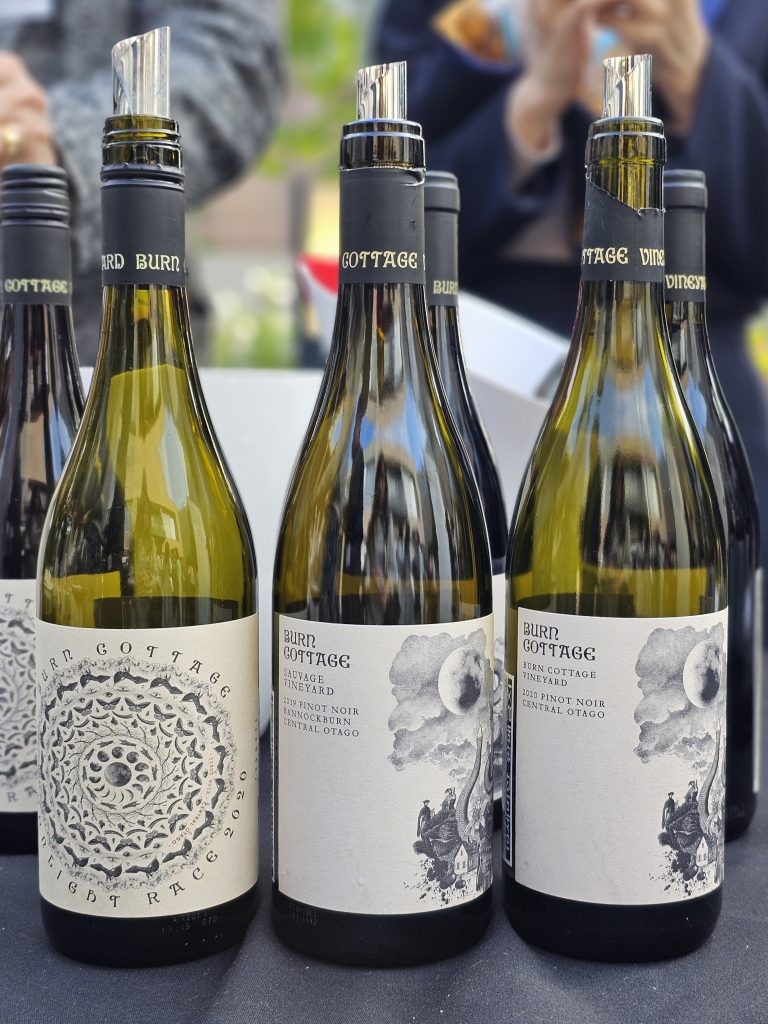
While Sauvignon Blanc remains New Zealand’s flagship varietal, this event clearly demonstrated the country’s strength across a much broader range of grapes and styles. Since March, NZTE has been running its Premium New Zealand Wine Campaign, which included the April tasting at Tap Shop Bar. Later this May, New Zealand winemakers will be visiting Korea for a series of exclusive events at venues such as House of Shinsegae Wine Cellar, Shinsegae Department Store Gangnam Wine House, and Butcher’s Cut Samseong branch by SG Dinehill.
If you’re curious about exploring beyond Sauvignon Blanc, this is the perfect opportunity to discover the diverse and approachable world of New Zealand wine. I hope more people come to appreciate just how delicious—and accessible—these wines truly are.

